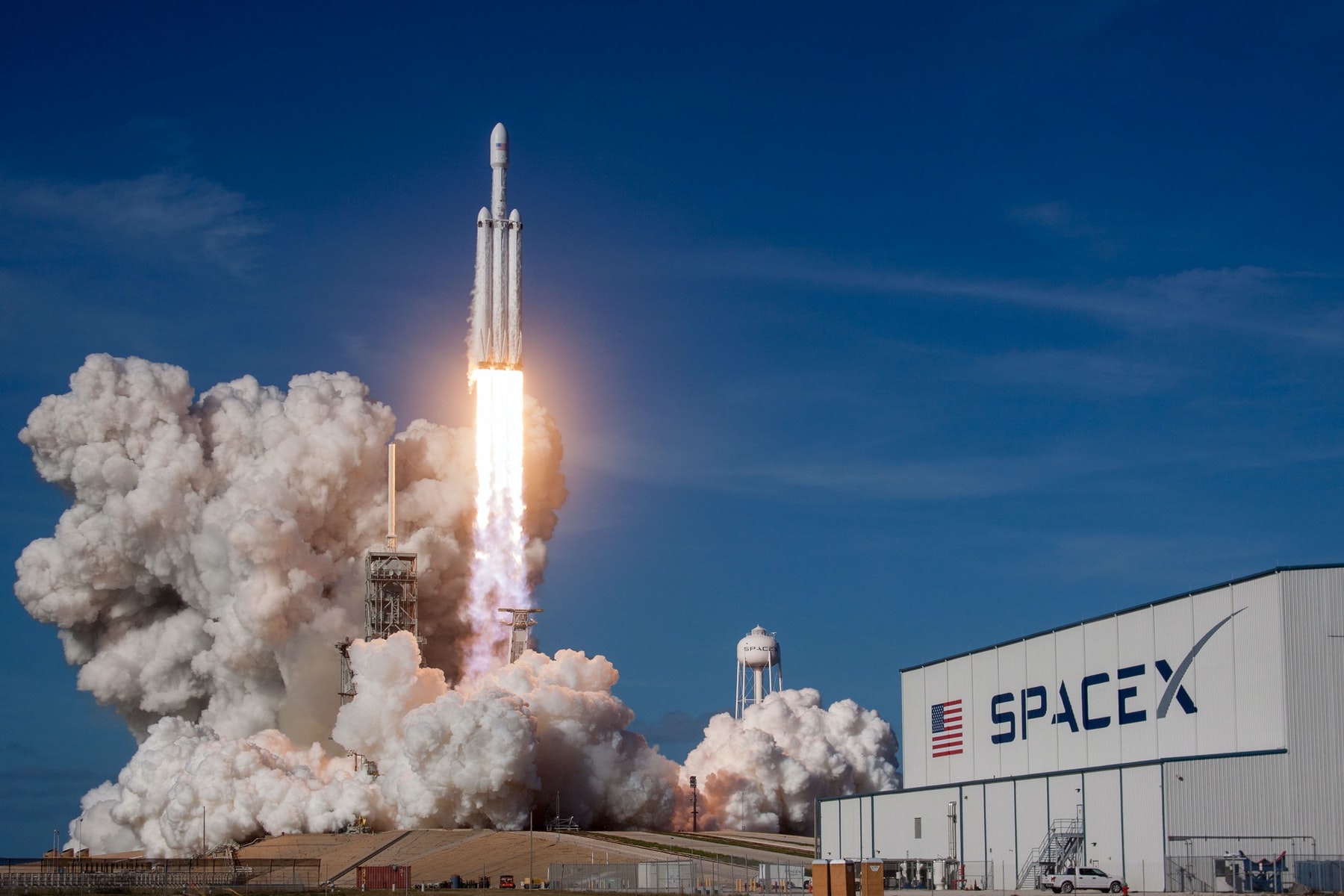The 21st-century space race has been quietly underway for some time now, and the landscape of the final frontier already looks vastly different now than it did a decade ago. What previously was a field dominated by a public agency funded by the government is quickly being overtaken by modern private space programs. The amount of progress made by private space programs cannot be ignored, leaving some to wonder how much they will ultimately benefit the public.
NASA is perhaps the most well-known public space agency in existence. It was officially formed in the late ‘50s under the National Aeronautics and Space Act of 1958, which declared that the agency’s objectives would primarily be concerned with benefitting the welfare of U.S. civilians through advancements in technology and knowledge gathered from space exploration. NASA’s predecessor, another space agency called the National Advisory Committee for Aeronautics (NACA), also conducted aeronautical research but applied their findings toward developing technologies for military use during both world wars.
NASA relies on a budget granted by the U.S. government to conduct its missions. The budget, of course, is funded by the money received from taxpayer dollars. The amount of funding the agency receives, however, is not always consistent and can make or break how many of its missions come to fruition.
The agency also has an administrator who is regularly appointed by the U.S. president and approved by the Senate. The administrator reports directly to the president and clearly outlines the current objectives of the agency. Bill Nelson is currently the administrator of NASA and carries out the agency’s aspirations in accordance with the vision of the executive office.
Private space programs, on the other hand, operate outside of the government’s jurisdiction and are for-profit since they don’t automatically receive funding to achieve their goals. Today, multiple companies focus on spaceflight, and they’ve all become more prominent over the past decade. The three most well-known organizations are SpaceX, Blue Origin and Virgin Galactic.
SpaceX was founded in 2002 by Elon Musk in an effort to reignite the public’s interest in space exploration. His aim was to reduce the costs required to make launches into space, which eventually led to the reusability of rockets. The reusability factor was monumental to the space industry since it had been extremely hard to achieve in the past.
Blue Origin was founded by Jeff Bezos in 2000; similar to SpaceX, Blue Origin’s goal was to build and provide cheaper, reusable rockets. Bezos had a lifelong fascination with space and even flew there himself for 11 minutes in one of his rockets in the first manned launch for the company.
Virgin Galactic was founded in 2004 by Richard Branson with the objective to make spaceflight accessible to everyone. The company is self-proclaimed as the world’s first commercial spaceline. Branson was also recently able to fly to outer space in one of his spacecrafts for the first time earlier this year.
The most obvious similarity all three companies share is the goal to make space more accessible for all. No doubt, a lot of progress has been made in reducing rocket costs as well as even making them reusable, which was a much-needed development, as NASA has been unable to do the same due to extremely limited government funding.
NASA nowadays regularly outsources a lot of the development process to companies like the ones previously mentioned. Blue Origin recently announced its intent to help develop a low-orbit space station, Orbital Reef, which may eventually replace the aging International Space Station (ISS) currently maintained by NASA.
SpaceX, meanwhile, was recently selected by NASA to construct what will be the first-ever commercial human lander, which will eventually carry astronauts to the surface of the moon. The company has also regularly shuttled NASA astronauts to the ISS; their fifth launch occurred earlier this month.
The landscape of space exploration has changed drastically over recent years because of the emergence of private space programs that create avenues to make space flights more cost-effective. Previously, it had been all up to NASA to perform all of the research, development and applied science needed to send rockets and crewmembers into space and launch satellites far into the solar system to photograph images of planets. The agency also sends rovers to planets like Mars to get insight into its geographic history, which, in hindsight, also provides insights into the Earth’s own history.
There are obviously many benefits to privatizing parts of the space industry but many concerns surrounding the change as well. The shared goal of the private space companies to make spaceflight more accessible expresses a noble, albeit somewhat hollow, sentiment.
The cost to secure a single seat in one of the launches by Virgin Galactic, for example, will reach upward of hundreds of thousands of dollars. Anyone who is able to afford a ticket will also have to wait at least until 2022 to fly on a launch, but that date isn’t even guaranteed. Flights to outer space will be short since there really is nowhere to go except around the Earth, and it could be decades, if not more, until the technology is abundant enough to actually allow middle or working-class people to experience spaceflight.
Lack of transparency during missions is also a concern with the privatization of space programs. Historically, NASA has publicized its missions and made information readily available for the public. However, this may not always be the case when it comes to private space programs and their missions.
The lack of government oversight may or may not affect company procedure when it comes to safety. There is a huge risk involved when sending people on space-bound missions, and the tendency for unsupervised companies to cut corners in order to reduce costs is a cause for concern.
Although NASA’s objectives have been affected over the years due to heavy-handed politics, the agency’s aim has always been to explore outer space in the pursuit of knowledge and innovation. Much of the research NASA derived from their missions gave society the technology we use today such as microelectronics, GPS, camera phones, CAT scans and water purification systems among a slew of other commonly used devices. Their pursuit of knowledge is intended for the betterment of society and its citizens. Private space programs may have good intentions, but their long-term goals can always be subject to change and ultimately only benefit a privileged few.
















